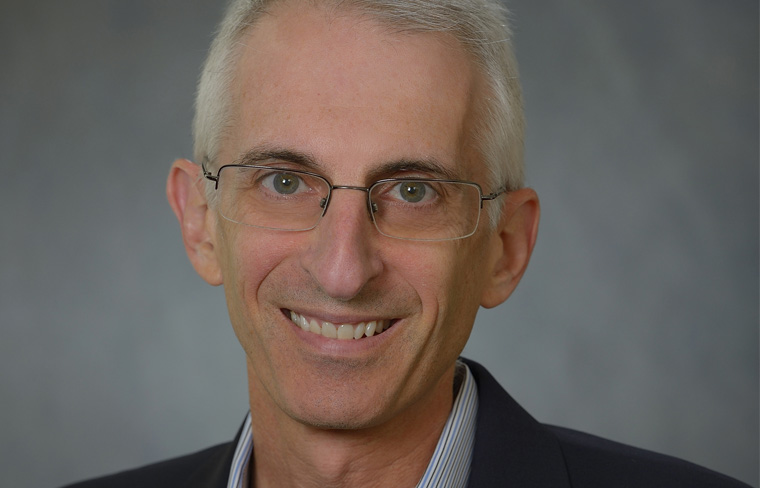
Biosimilars for the treatment of inflammatory bowel disease (IBD) have arrived. And with them come a variety of questions, most of them relating to the potential effects of switching between originator biologic agents and biosimilars.
Do switching agents really make a difference in therapeutic effect or is it all in the patient’s expectations? Just as positive expectations — the placebo effect — can enhance treatment results, negative expectations can reduce treatment results — the nocebo effect.
“Our most effective therapies for the treatment of moderate to severely active Crohn’s disease and ulcerative colitis are very expensive biologics,” said James D. Lewis, MD, MSCE, AGAF, professor of medicine and epidemiology and senior scholar at the Center for Clinical Epidemiology and Biostatistics, Perelman School of Medicine, at the University of Pennsylvania, Philadelphia. “One of the approaches to bringing down the cost of these therapies and making them more widely available to patients is through the development of biosimilars. However, there remains some uncertainty about how biosimilars should be incorporated into treatment.”
On Sunday, May 19, Dr. Lewis will moderate a symposium at DDW® titled Biosimilars in IBD Care: Real-World Cases. The AGA committee-sponsored symposium will focus on issues related to adoption and implementation of biosimilars for inflammatory bowel diseases.
The issue is not the safety or efficacy of biosimilars compared with originator agents in treatment-naïve patients, Dr. Lewis said. Extensive experience with a wide range of biosimilars in Europe and the U.S. suggests there is little need for concern about the use of a biosimilar in patients who have not been treated with either the originator or the biosimilar. The questions revolve around the potential effects of switching.
There’s ample evidence that switching from either originator to biosimilar, or biosimilar to originator raises few concerns for the vast majority of patients. However, there are less data about the effects of multiple switches for patients who are doing well on one agent, either originator or biosimilar. These switches are most often the result of formulary changes at their site of care, or changes mandated by the patient’s healthcare insurance payor.
“We have to balance an approach that should bring down the cost and make highly effective therapies available to more people against some degree of uncertainty about the best way to use biosimilars,” Dr. Lewis said. “With time, we will work this out. It has taken us more than 20 years since the introduction of the first biologic for the treatment of Crohn’s disease, and we are still learning how best to use it.”
Uptake of biosimilars in IBD care has been relatively slow in the U.S. because of contractual barriers constructed by originator manufacturers. Patients and clinicians in Europe have faced far fewer barriers and have adopted biosimilars more broadly. European reimbursement patterns have not shown the kind of multiple switches between agents that can be seen in the U.S.
“As practicing clinicians, it’s important for us to be able to address these issues of access, cost, effectiveness and nocebo effect,” Dr. Lewis said.



